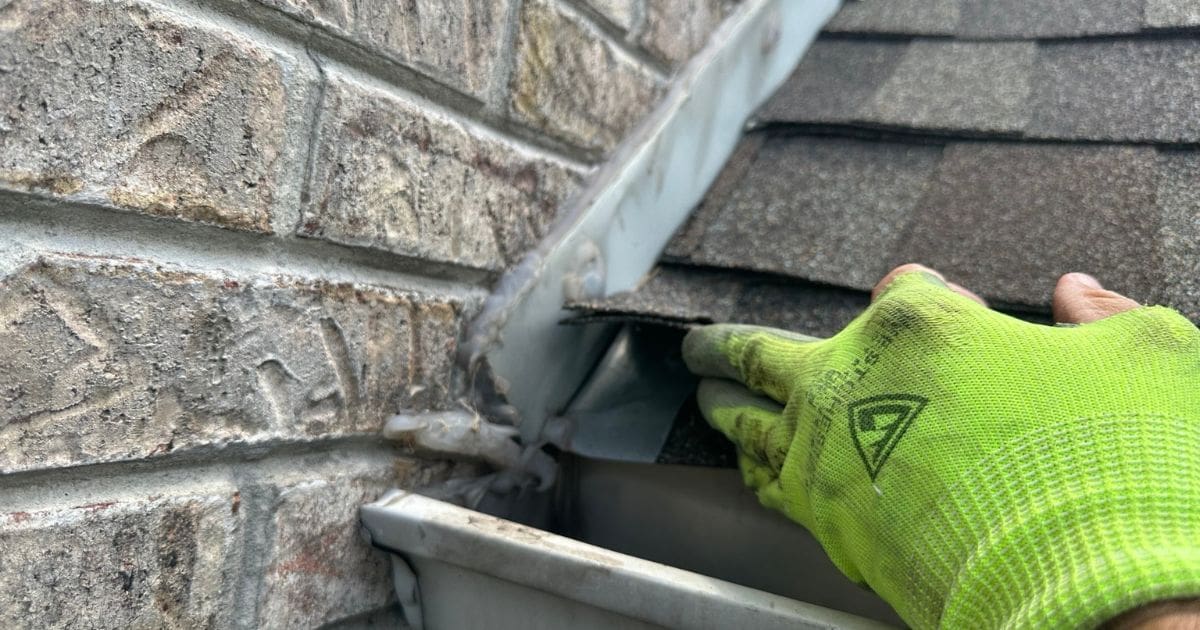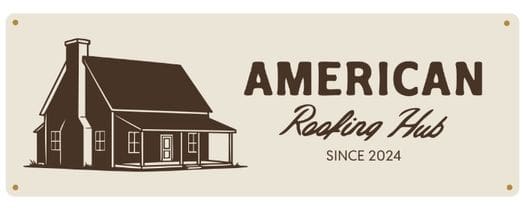What to expect on a Home Roof Inspection 101

Welcome to homeownership! It’s a rewarding journey, but it requires you to be the custodian of a complex system. Of all the components of your home, the roof is arguably the most critical—and the most misunderstood. With years of experience on rooftops across the country, we’ve seen how a little professional insight can save homeowners thousands. This guide is designed to give you that expert view, explaining what our pros really look for during an home roof inspection so you can protect your investment with confidence.
What a Truly Professional home Roof Inspection Entails
A genuine roof inspection is a detailed diagnostic process. It goes far beyond a quick look from a ladder. A seasoned professional is trained to spot subtle signs of failure that are invisible to the untrained eye. Here’s a breakdown of our comprehensive inspection protocol.
1. The Exterior Assessment: Reading the Roof's Story
This is where the hands-on analysis begins. Safely navigating the roof, our specialists examine every critical component.
Shingle/Tile Analysis: We don’t just look for missing shingles. We check for less obvious signs of aging and damage:
Granule Loss: We identify excessive shedding of the protective mineral granules on asphalt shingles. Once these are gone, the underlying asphalt is exposed to UV rays, which rapidly accelerates the roof’s deterioration.
Subtle Damage: We look for blistering, flaking, splitting, and curling—signs that the shingles are losing their flexibility and integrity.
Installation Errors: We check for common mistakes like “high nailing” (placing fasteners too high on the shingle), which can void warranties and lead to wind blow-offs.
Flashing Systems: Leaks almost always start at flashing points. We meticulously inspect the different types:
Step and Counter-Flashing: Along walls and chimneys, we ensure these systems are layered correctly to shed water.
Valley Flashing: In the valleys where roof planes meet, we check for proper installation and signs of corrosion or damage.
Gutters and Fascia: Your gutters tell a story. An excessive accumulation of “shingle sludge” (granules) is a clear indicator of an aging roof. We also inspect the fascia boards behind the gutters for water damage and rot, which can signal long-term drainage problems.
Roof Penetrations: Every pipe, vent, or skylight that penetrates the roof is a potential entry point for water. We pay special attention to the neoprene seals, or “boots,” around plumbing vents, which often crack and decay from sun exposure long before the shingles fail.
Structural Analysis: We sight the ridgeline from the ground and on the roof. A sagging or wavy ridge is a serious red flag that may point to underlying structural failure in the rafters or roof decking.
2. The Interior Assessment: Clues from the Attic
The attic provides a unique, inside-out perspective on your roof’s health.
Ventilation and Airflow: We assess for a balanced ventilation system (equal intake from soffit vents and exhaust from ridge or gable vents). Improper ventilation traps heat and moisture, which can lead to ice dams in colder climates, increase your cooling costs, and literally cook your shingles from below.
Evidence of Moisture Intrusion: We look for more than just water stains. We check for rusted nail heads on the underside of the deck, which indicates condensation, and “delamination” (swelling or separation) of the plywood sheathing.
Insulation Condition: We inspect the insulation for compaction or dark staining. Wet insulation loses its R-value, becoming ineffective and creating a breeding ground for mold and mildew.
Unwanted Daylight: This one is simple: if we can see daylight through the roof boards, you have an active leak path.
How Long Should a Real Inspection Take?
A thorough, professional roof inspection that includes documentation takes between 45 minutes and 2 hours. A true professional moves deliberately because they are not just looking; they are documenting findings with photos and notes to provide you with a detailed, actionable report. Anything less is likely a sales assessment, not a diagnostic inspection.
The Cost of Expertise: "Free Estimate" vs. Paid Inspection
For the vast majority of homeowners, a comprehensive roof inspection from a reputable, local professional should be offered at no cost, serving as a thorough diagnostic service before any estimate is prepared. A fee is generally only appropriate in special circumstances that require significantly more time or liability, such as for exceptionally large or complex homes, all commercial properties, or when a formal, detailed report is required for negotiation purposes in a real estate transaction.
Ultimately, whether the service is free or paid, the most critical factors are the inspector’s integrity and the quality of the evaluation, ensuring you receive a valuable and honest assessment of your roof’s condition.
Red Flags: Spotting an Amateur from a Professional
Hiring the right person is critical. Here are the warning signs that separate a true pro from a questionable operator:
High-Pressure Deadlines: A professional provides information and solutions, not ultimatums. Phrases like “this price is only good for today” are a major red flag.
“Storm Chasers”: Be wary of out-of-state contractors who appear after a storm. Local professionals understand local building codes, are accountable for their work, and know the specific climate challenges your roof faces.
Lack of Professionalism: An expert will have a marked vehicle, professional attire, and proper safety gear. They should readily provide proof of liability insurance and their state contractor’s license.
Vague Answers: Ask technical questions. If an inspector can’t clearly explain why something is a problem (e.g., “Why is that flashing failing?”), they may not have the expertise you need.
When to Call in a Professional
To truly protect your home, proactive maintenance is key.
After Any Major Weather Event: Hail and high winds can cause damage that isn’t visible from the ground.
Before Buying a Home: An independent roof inspection is essential due diligence.
If You Notice Interior Signs: A ceiling stain is the final symptom of a problem that has been developing for some time. Act immediately.
For Routine Diagnostics: A professional inspection every 2 years (or annually for roofs over 10 years old) is the best way to maximize your roof’s lifespan.
When Your Neighbors Replace Their Roofs: If your homes were built in the same period, it’s a strong signal that your roof is also approaching the end of its service life.
After Your Own Visual Check: We encourage homeowners to do a biannual visual scan from the ground with binoculars. If you see anything that looks out of place, it’s time to call a pro for a closer look.
Your roof is a complex system of interconnected parts. Entrusting its diagnosis to an experienced professional is the most effective way to ensure the long-term health and safety of your entire home.
